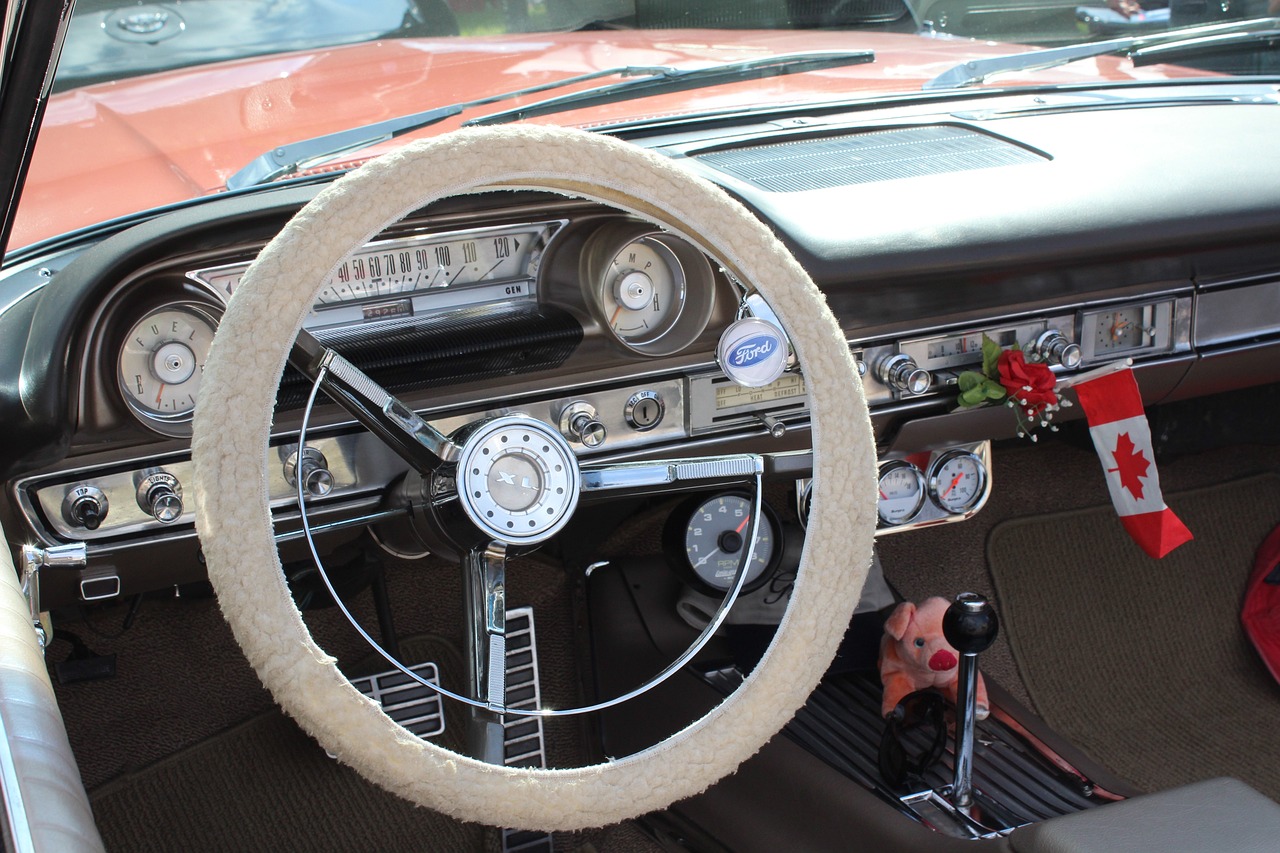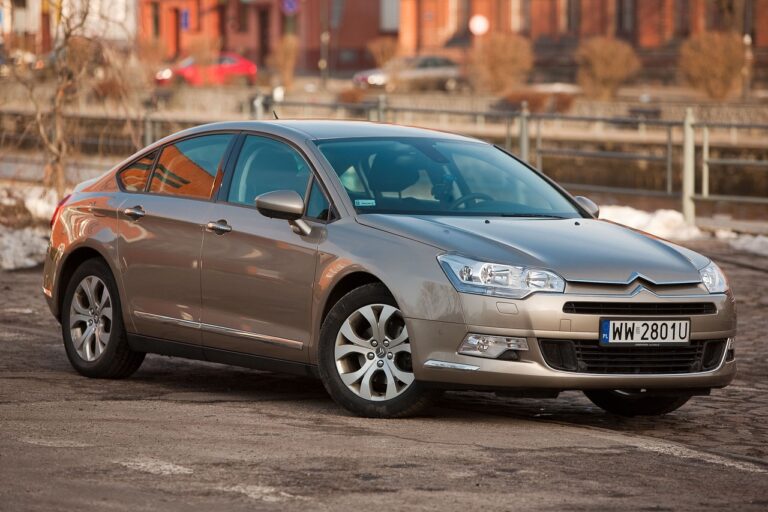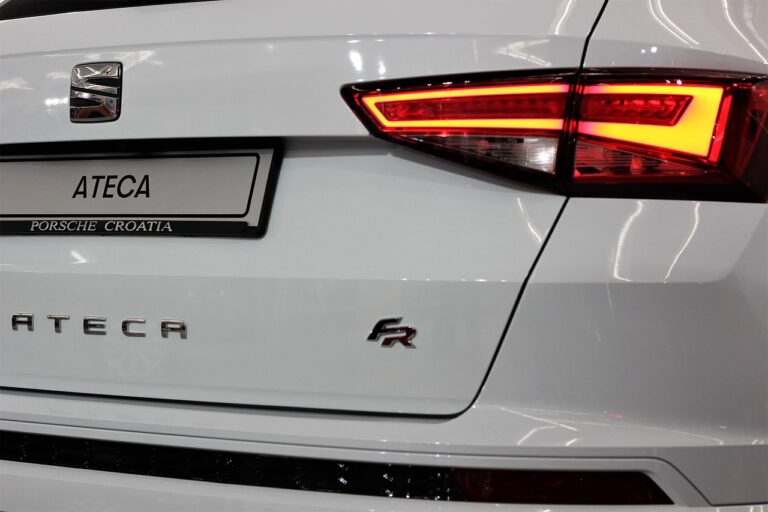The Evolution of Car Differential Systems: From Mechanical to Electronic Control
The evolution of car differential systems has been a significant aspect of automotive engineering development. Early differential systems were simple and mechanically operated, designed to allow wheels to rotate at different speeds when turning corners. This innovation enabled smoother handling and reduced tire wear, enhancing overall vehicle performance.
Over time, advancements in technology and engineering have led to the integration of electronic sensors and computer-controlled systems in modern differential setups. These sophisticated systems can now adjust torque distribution between wheels in real-time, improving traction and stability on various road conditions. The evolution of car differential systems continues to play a crucial role in enhancing vehicle dynamics and overall driving experience.
Early Mechanical Differential Systems
The early mechanical differential systems date back to the 1820s when the first rudimentary designs were introduced. These systems provided a crucial solution to the issue of wheel slippage and traction control, especially in vehicles with solid axles. Engineers experimented with various gear arrangements to allow wheels to rotate at different speeds while distributing torque evenly.
One of the fundamental designs was the bevel gear differential, consisting of a set of bevel gears that could transmit power to the wheels independently. Another common type was the planetary gear differential, utilizing a series of gears to achieve torque distribution. As vehicles evolved, these mechanical differentials underwent improvements and refinements to enhance performance and stability on various terrains.
What is a differential system in a car?
A differential system in a car is a device that allows the wheels to rotate at different speeds while still receiving power from the engine.
How has the evolution of car differential systems progressed over time?
Car differential systems have evolved from early mechanical systems to more advanced electronic and computer-controlled systems.
What are some examples of early mechanical differential systems?
Examples of early mechanical differential systems include bevel gear differentials and planetary gear differentials.
How do early mechanical differential systems function?
Early mechanical differential systems function by distributing power from the engine to the wheels while allowing them to rotate at different speeds.
What are the benefits of early mechanical differential systems?
Early mechanical differential systems help improve traction, stability, and handling of a vehicle, especially when driving on uneven or slippery surfaces.





